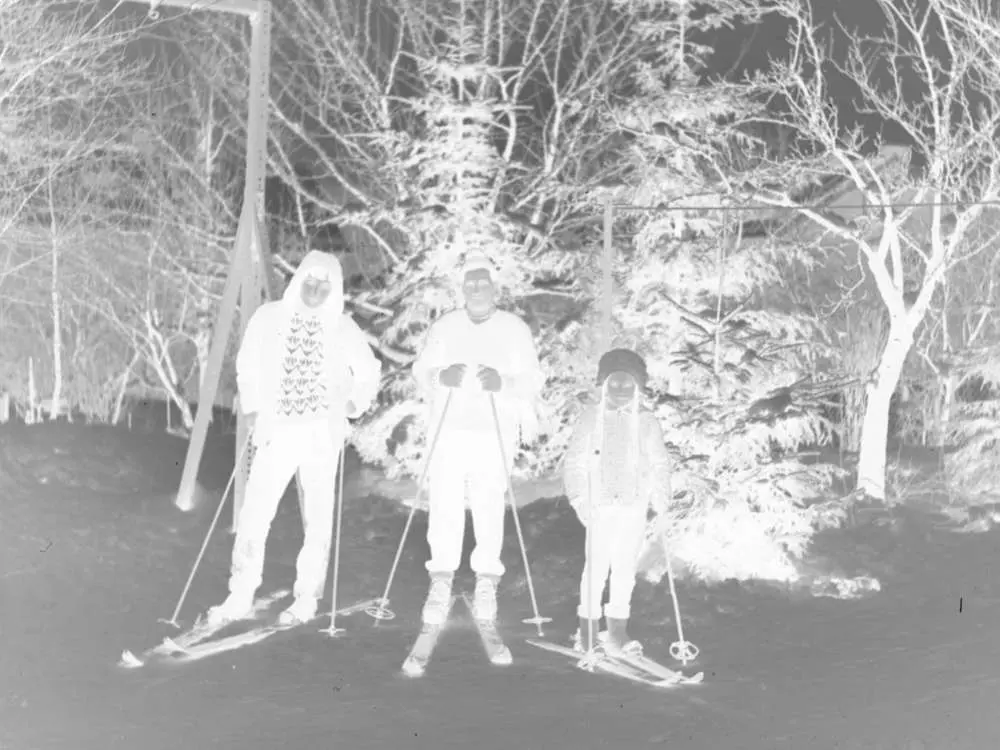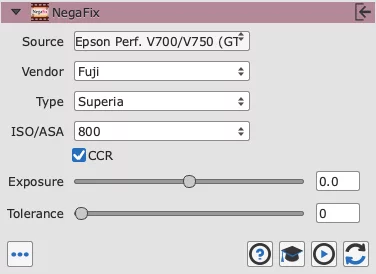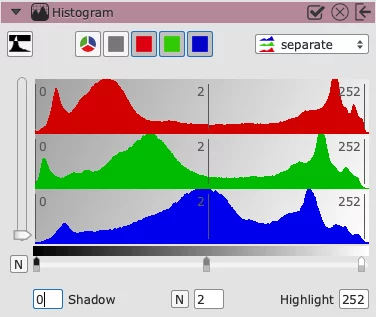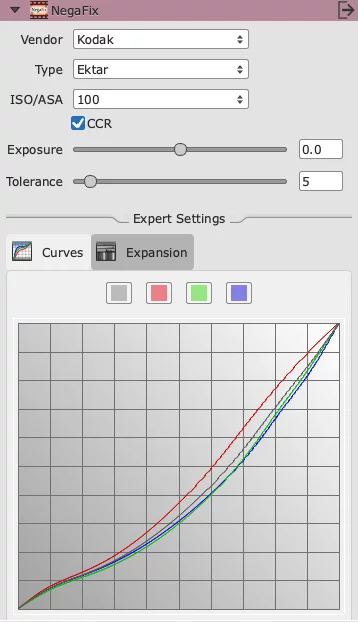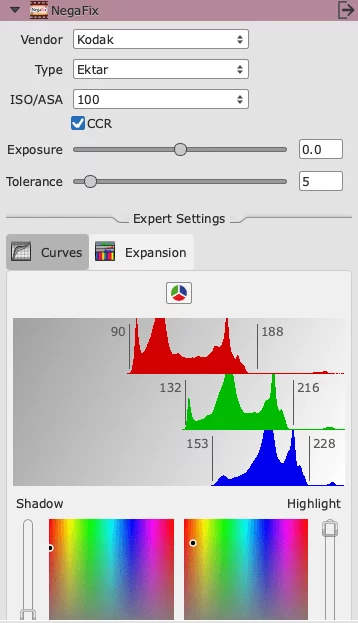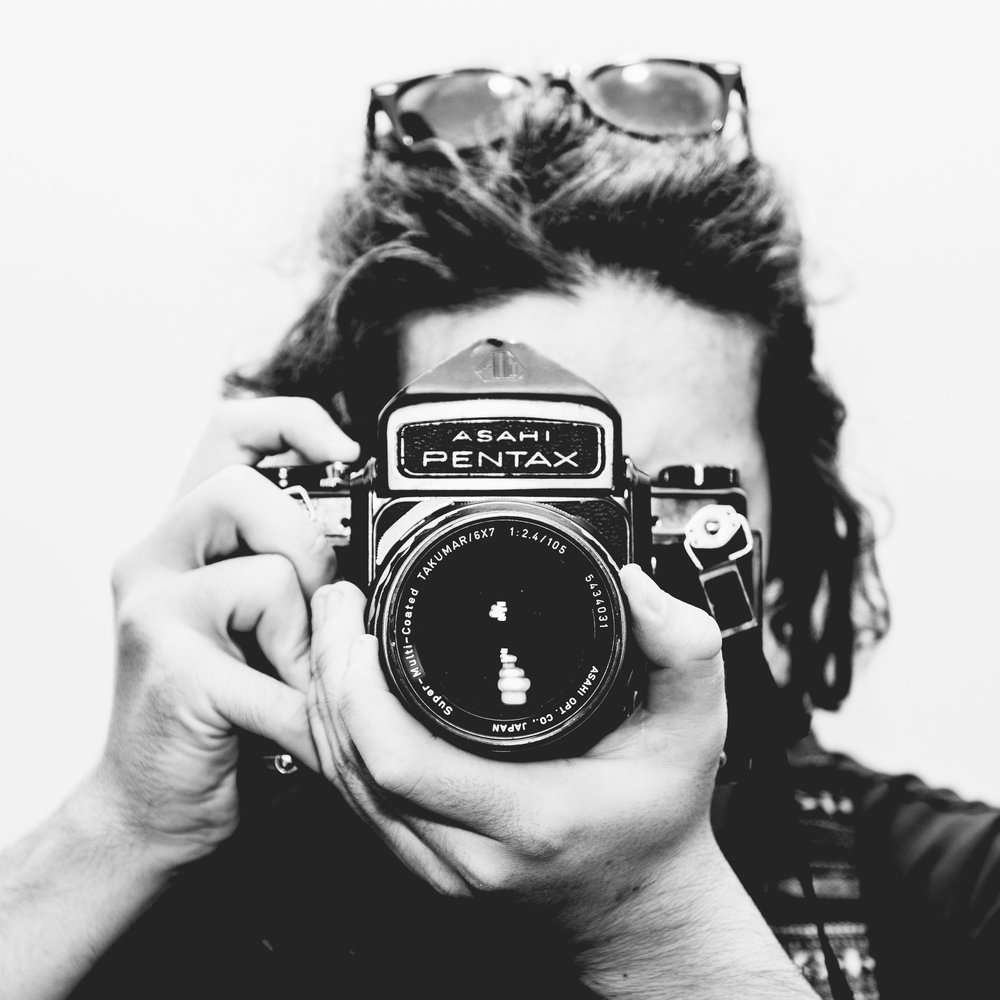Really beautiful color profiles. […] That makes the job a lot easier. Their profiles are pretty good.
Scanning Negatives
Analog photography has existed far longer than the name itself. The term “analog” photography came into being at the turn of the 21st century with the invention of the digital camera. The term “analog” photography was coined in order to differentiate between the two mediums. This differentiation was all of a sudden important because until this point it was clear what was meant when talking about “photography”. In its heyday, analog photography provided photographers with 3 film types: dias, negatives and Kodachrome.
Today, as the interest in analog photography grows, negatives have surpassed dias in popularity, while Kodachrome itself no longer exists. In this article, we will take a closer look at negatives. We will review the basics of negative film and take a subsequent look at the scanning of negatives. Afterwards, the German photographer Sebastian Schlüter will show how he creates his individual negative look.
Wypróbuj SilverFast teraz za darmo!
Pobierz nasze oprogramowanie demo, aby poznać SilverFast bez żadnych zobowiązań. Jesteś już przekonany? Odwiedź nasz sklep internetowy, aby kupić SilverFast i odblokować pełną wersję.

